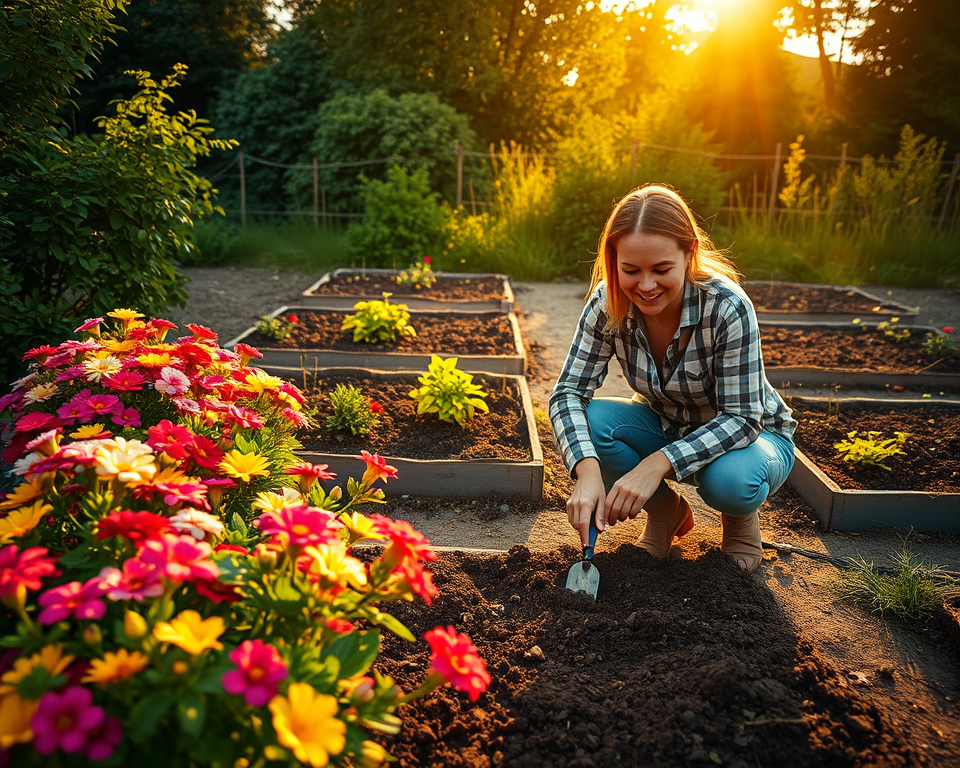Hi there! Today, we’re going to learn about volume, which is how much space something takes up. If you are a gardener, you might want to know how much soil you need for your garden beds or how much room your plants will need.
When we talk about cubic meters and cubic feet, we’re discussing different ways to measure how much space something occupies. A cubic meter is a large box that is 1 meter on each side, while a cubic foot is a smaller box measuring 1 foot on each side.
To understand the difference, let’s remember that 1 meter is about 3.28 feet. So, when we want to change cubic meters into cubic feet, we have to convert each dimension from meters to feet. Since we have to do this in three dimensions (length, width, and height), the conversion factor for volume is a bit different.
The formula to convert from cubic meters to cubic feet is:
$$
\text{Cubic Feet} = \text{Cubic Meters} \times 35.3147
$$
Now, if you plug in our amount, 30 cubic meters:
$$
\text{Cubic Feet} = 30 \ \text{cubic meters} \times 35.3147 \approx 1063.4 \ \text{cubic feet}
$$
So, 30 cubic meters is approximately equal to 1063.4 cubic feet.
Here are 7 common objects that can help you visualize what 30 cubic meters (or 1063.4 cubic feet) looks like:
- Three large garden sheds (each about 10 cubic feet).
- One large water tank (about 1,000 liters).
- Fifteen bathtubs (average size of 70-80 cubic feet when filled).
- Nineteen refrigerator boxes (the size you see when you buy them).
- Ten standard garden compost bins.
- Four large dogs (like Great Danes) sprawled out comfortably.
- Four hundred 1-liter water bottles stored in a box.
Now you can appreciate how big 30 cubic meters is and how to visualize that in your garden or when you’re planning your projects!
